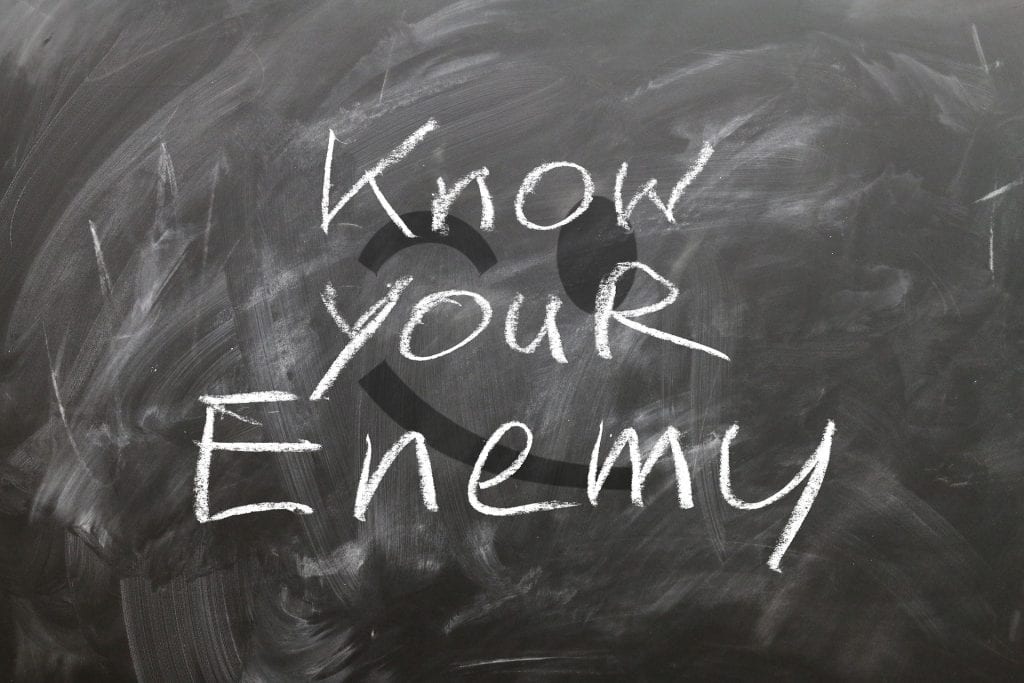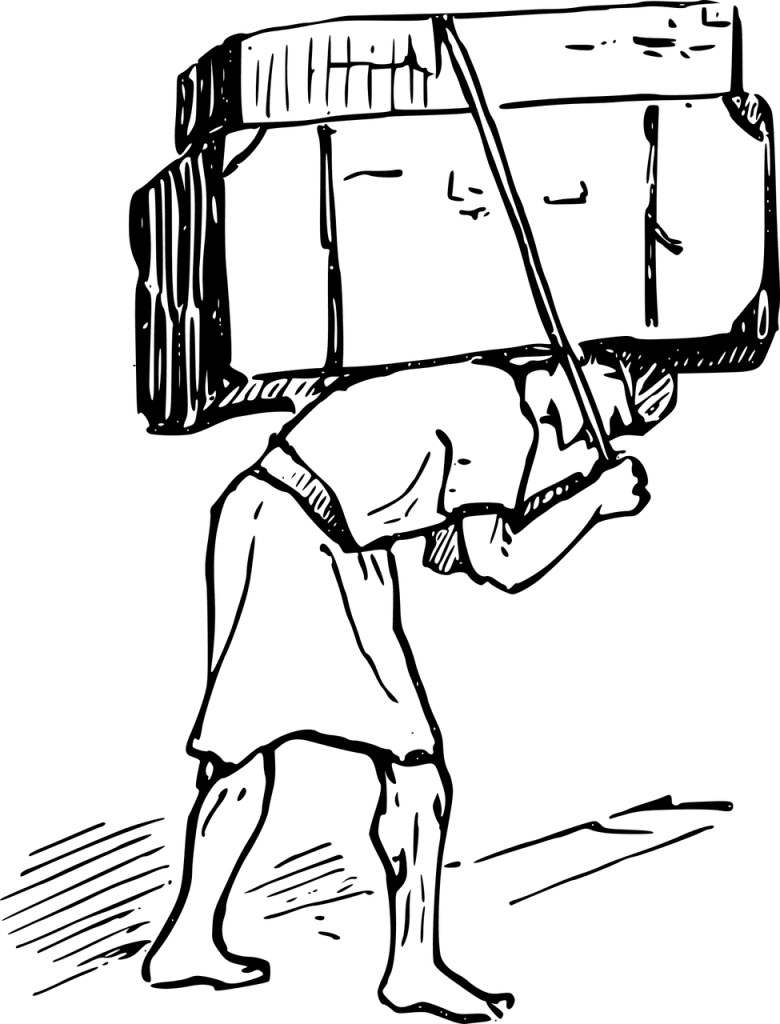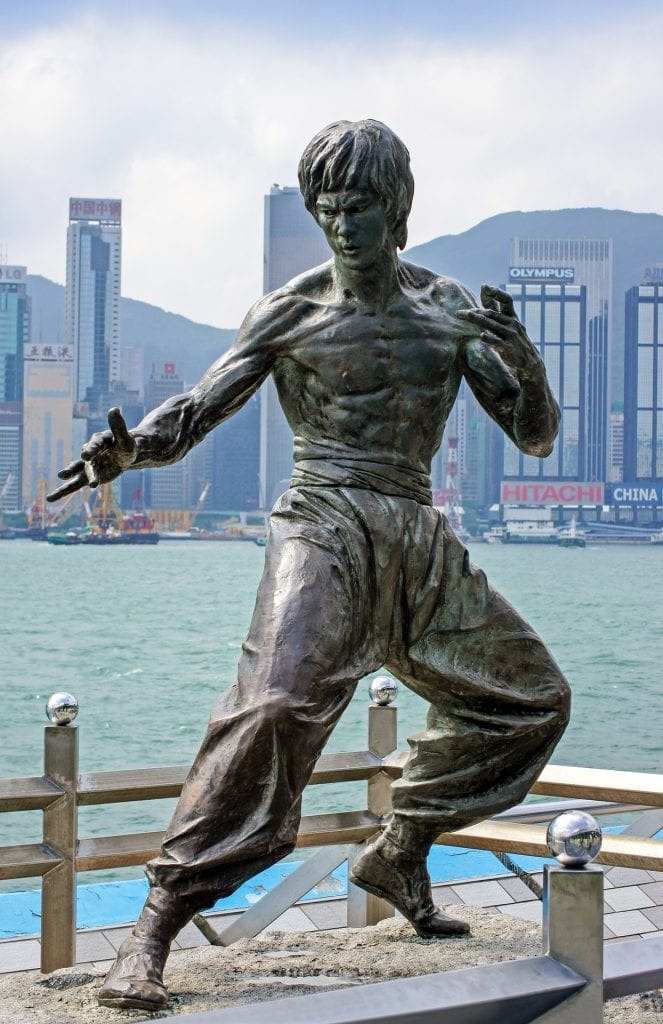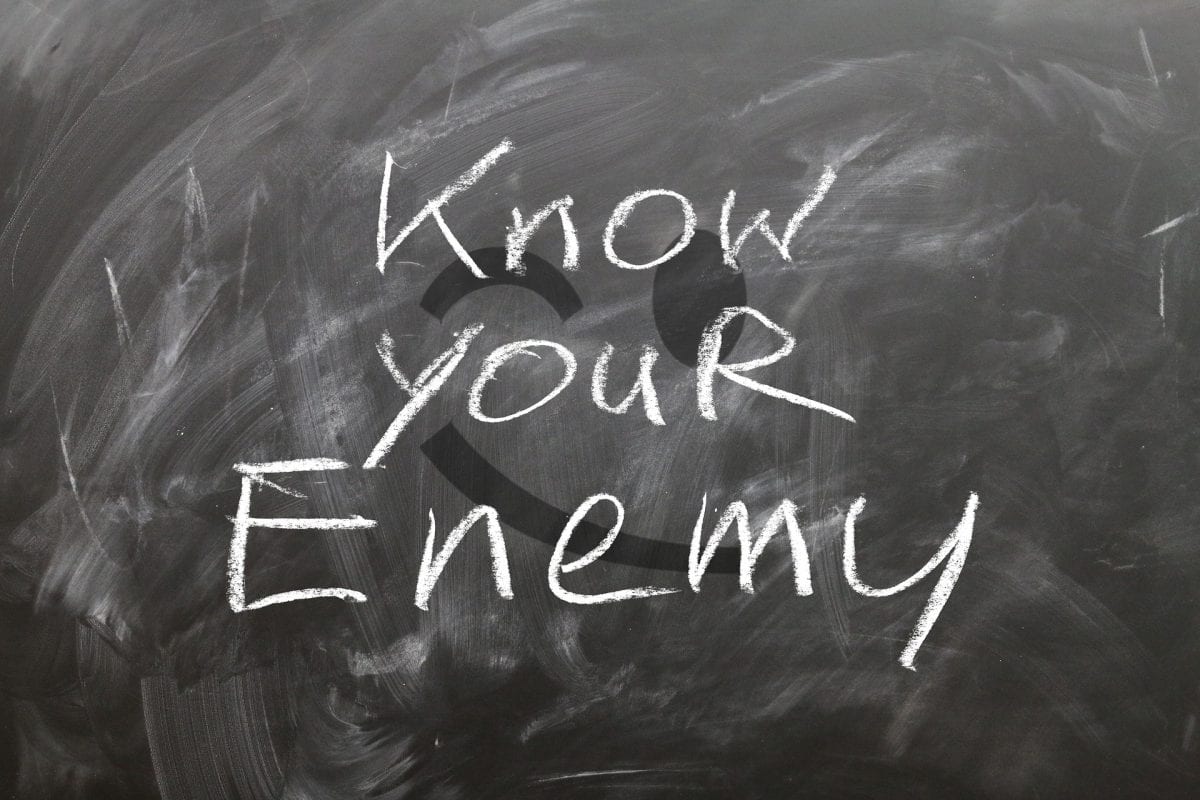Many of us who’ve reported to bosses that don’t like our face will empathise with this story of a hounded Persian slave. Like him, we have been target and victim, and we know what hatred and enmity feel like. But like him, we may not have been able to outsmart our bosses or force them to eat crow.
Possibly, we may have done better had we kept in mind two tips on vanquishing the enemy that martial arts specialist Bruce Lee offers in the 1973 blockbuster, Enter the Dragon.
Let me tell you the slave’s story first. It is written by a Sufi mystic, Sa’adi of Shiraz (1208-1291), who is known for his love poems, short stories and essays. Some of the stories appear in Neil Douglas-Klotz’s The Little Book of Sufi Stories and are in the form of short advisories to rulers and government servants.

Slave in distress
Long years ago, there lived a slave in the Persian king’s court. He was very unhappy. One day, he spots an opportunity to escape the tyrannies of his workplace and runs away. But his freedom is short-lived. The king’s men give chase, catch him and drag him back to his boss, the vizier.
For some reason, the vizier has never liked the slave. To punish him for his audacity and his defiance, and to send a deterrent message, he sentences the poor fellow to death.
In those times, capital punishment could not be awarded for petty crimes and small offences, and certainly not for running away. A person could be given death only for murder.
When execution day dawns, the slave is asked what his last wish is. “I would like to speak to the king about my sentence,” he replies. The king, however, tells the slave that the vizier is his boss, and he will not unnecessarily interfere with his orders.

Playing it smart
Unperturbed, the slave replies, “Your Highness, this is your kingdom. Like you are praised for everything good that happens here, you will be blamed for anything that is bad or against the rules. This execution order is illegal. It violates the rule under which capital punishment can be awarded because I have not committed a murder.
“I am worried that on the day of judgment you will be punished for allowing something illegal to go through. So, please allow me to make the execution order legal.”
The king frowns. “How would you do that?” he asks.
“Simple,” replies the slave. “Just allow me to murder the vizier. Then I can be rightfully executed.”
Moral of the story
Every jaw in the king’s court drops. There is pin-drop silence all around. A moment later, the king turns to the vizier. “So, what do you say?”
The vizier begins wiping imaginary beads of perspiration off his forehead. Red in the face, he mumbles, “Your highness, please let him go free… I take… take back my order.”
The king rescinds the order. Then he addresses the vizier. “Before you gun for someone’s head or target your enemy, assess his real abilities accurately. Else, the tables will be turned and you will be at the receiving end.”

Enter Bruce Lee
Two sequences in Enter the Dragon on how to overpower an enemy immediately come to mind. In the film, Bruce Lee plays a martial arts expert, who is hired by a British intelligence agent to investigate a suspected crime lord (Han).
In one sequence, Lee is shown instructing a youngster. As he teaches the boy how to kick, he points out how important it is to be emotionally charged and focus correctly while taking on an opponent. After the lesson, the boy puts his hands together in thanksgiving. Then he bows his head before his teacher, eyes on the ground.
The teacher angrily raps the boy on his head. “Never take your eyes off your opponent, even when you bow,” he growls.
Mirror-room fight
The second sequence is the famous mirror-room fight between Bruce Lee and Han. Han attacks Lee with a sharp four-pronged weapon in a room fully covered with mirrors, and tries to confuse him with his multiple reflections. As Lee tries to figure where Han is, a voice is heard: “Remember, the enemy has only images and illusions behind which he hides his true motives. Destroy the image and you will break the enemy.”
Lee then smashes up the mirrors one by one, and annihilates the enemy.
